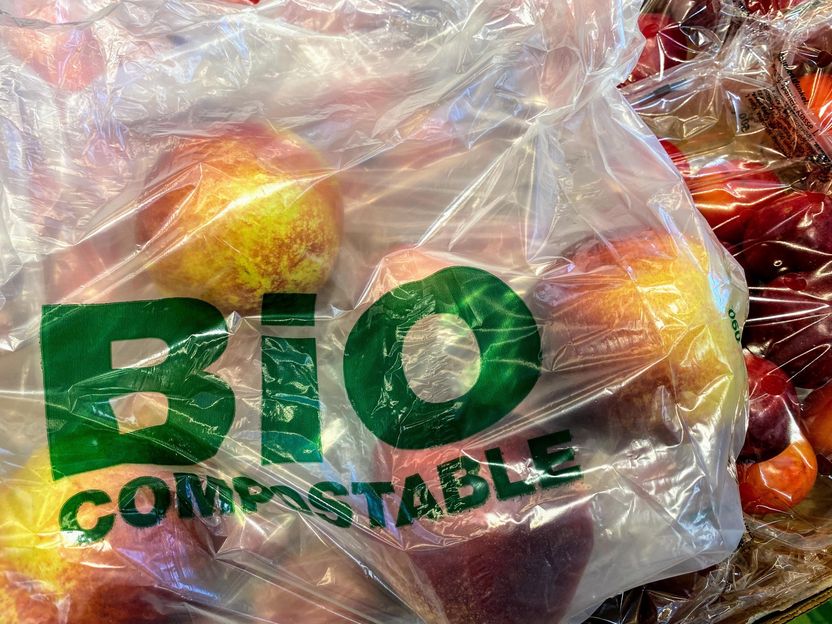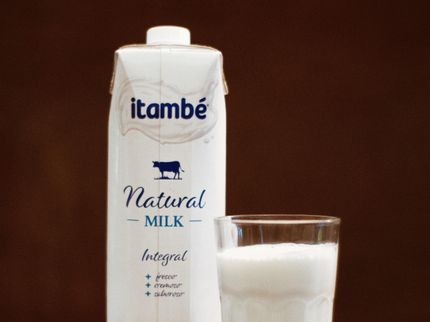The disconnect between food product claims and consumer preferences
Renowned global business school INSEAD (Institut Européen d’Administration des Affaires) recently published a research paper exploring the mismatch between marketers’ use of health claims on food products and consumers’ preferences in the US versus France. Using primary data from Mintel Global New Products Database (GNPD), the paper investigates the frequency of use of four types of claims—“clean,” “whole,” “diet,” and “enriched”—in three food categories—breakfast cereals, bakery products and baby foods—over the past 10 years and contrasts it with the preferences of American and French consumers.

Photo by John Cameron on Unsplash
The ‘four ways’ foods claim to be healthy
Speaking to Mintel about the key findings of his research, Pierre Chandon, L’Oréal Chaired Professor of Marketing, Innovation and Creativity at INSEAD in France, Director of the INSEAD-Sorbonne University Behavioural Lab, and author of the new report, said:
“First, we move the discussion beyond ‘health vs taste’ because there are, not one but, four ways foods claim to be healthy, depending on whether they choose to focus on the presence of good vs the absence of bad and on whether they invoke the preservation of nature vs nutritional improvements. The four ways that a food product is healthy center around whether it is ‘clean,’ ‘whole,’ ‘diet’ or ‘enriched’.
“Second, we show that consumers do not value all claims as similarly healthy and that marketers do not necessarily claim to be healthy in the way consumers prefer. Focusing on breakfast cereals, we find a match in the type of health claims made by marketers and those valued by consumers in France, but a mismatch in the United States. We show that this mismatch is driven by the behaviour of privately-owned American firms, which make many more claims than publicly listed companies, but do not make the type of claims that consumers prefer, often because they emphasise the kind of ‘diet’ (‘low-fat’, ‘low-calorie’) claims that consumers no longer value so much.”
A standard list of the 105 food packaging claims recorded in Mintel GNPD, across the three categories selected for the study, was coded and categorised to test the four-part research hypotheses.
“It is the first time that I have used data from Mintel GNPD, but will not be the last time, because it offers detailed and comprehensive information about what brands include on their product packaging, in addition to data about the price, package size, and nutritional content of the product. It was particularly beneficial for me to easily access the same data from a wide range of categories across multiple countries.”
Transparency on labelling
Mintel’s 2022 Global Food and Drink Trends explores how consumers increasingly demand transparency from brands in their claims around health and sustainability, which is driven in part by their desire to be ‘In Control’ of their lives. According to Professor Chandon, this observation “matches their findings very well.”
“The paradox is that the past 10 years have witnessed a parallel increase in the number of claims made that food products are healthy and a decrease in consumer trust that these claimes are really true. Consumers want transparency about a product’s ingredients, production mode, and nutritional value, but this is only the first step. Marketers have to figure out in what way their customers want their favourite foods to be ‘healthy,’” he added.
While the primary goal of INSEAD’s research is to examine the different ways food products claim to be healthy, the findings highlight some key implications for food marketers—from understanding what it means for their consumers to be healthy to the importance of cross-cultural research to align claims with country differences.
Most read news
Other news from the department business & finance

Get the food & beverage industry in your inbox
By submitting this form you agree that LUMITOS AG will send you the newsletter(s) selected above by email. Your data will not be passed on to third parties. Your data will be stored and processed in accordance with our data protection regulations. LUMITOS may contact you by email for the purpose of advertising or market and opinion surveys. You can revoke your consent at any time without giving reasons to LUMITOS AG, Ernst-Augustin-Str. 2, 12489 Berlin, Germany or by e-mail at revoke@lumitos.com with effect for the future. In addition, each email contains a link to unsubscribe from the corresponding newsletter.




























































